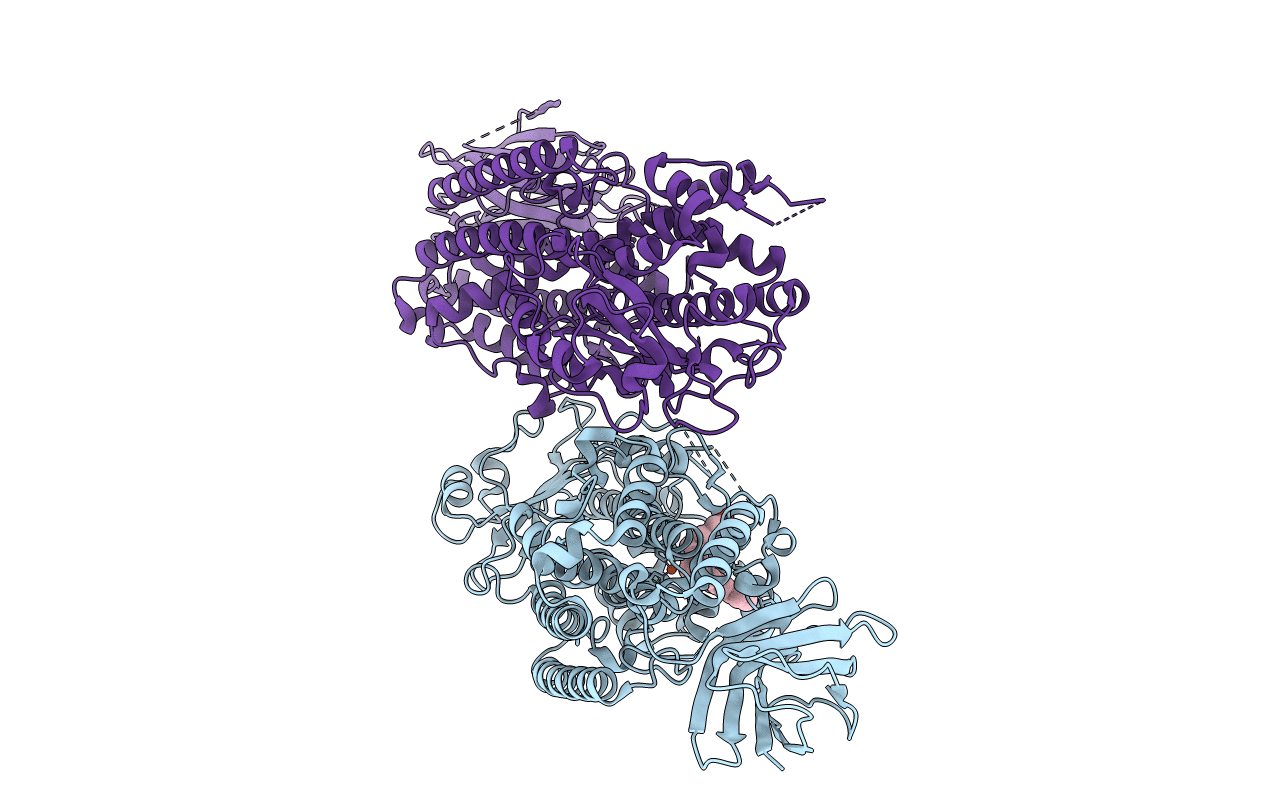
Deposition Date
2011-12-23
Release Date
2012-05-02
Last Version Date
2024-02-28
Method Details:
Experimental Method:
Resolution:
2.25 Å
R-Value Free:
0.23
R-Value Work:
0.18
R-Value Observed:
0.18
Space Group:
P 1 21 1


